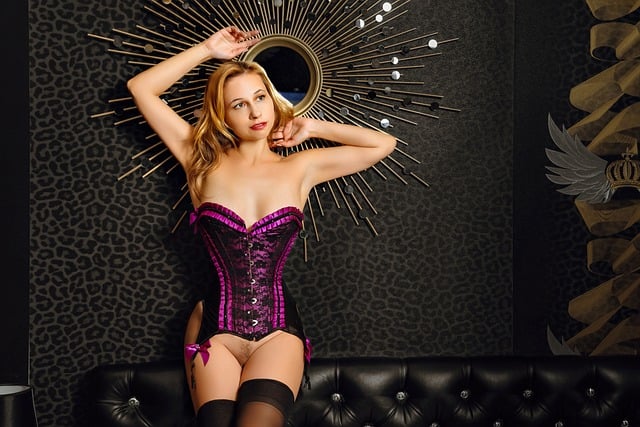Corsets and waist cinchers are both types of garments designed to shape and accentuate the waistline, but they differ in construction, purpose, and level of compression. Understanding their differences can help you choose the right fit for your preferences and needs.
Corsets:
- Construction: Corsets are structured garments that provide shaping and support to the torso, including the waist and bust. They are typically made with boning (rigid or flexible strips) to maintain their shape and structure.
- Compression: Corsets offer substantial compression and can be tightened using laces or hooks. They are designed to provide significant waist reduction and create an hourglass figure.
- Purpose: Historically, corsets were used for both fashion and to achieve a specific body shape. Modern corsets are often used as fashion statements or for waist training, where gradual reduction over time is aimed at reshaping the waist.
- Comfort: Depending on the design and materials, corsets can be more restrictive and less comfortable for prolonged wear.
- Variety: Corsets come in various styles, including overbust (covering the bust) and underbust (ending beneath the bust). They can also be made from different fabrics and embellished with decorative elements.

Waist Cinchers:
- Construction: Waist cinchers, also known as waist trainers, are shorter and narrower than traditional corsets. They are often made from elastic or latex materials with flexible boning or shaping panels.
- Compression: Waist cinchers offer moderate to high compression and are designed to provide a slimming effect on the waistline.
- Purpose: Waist cinchers are primarily used for temporary waist reduction and achieving an hourglass appearance under clothing. Some people use them for posture support.
- Comfort: Waist cinchers can be more comfortable for daily wear than traditional corsets due to their flexibility and lighter construction.
- Variety: Waist cinchers come in various styles, including traditional wrap-around designs with hook-and-eye closures or zippers. Some modern designs incorporate latex and neoprene for a thermal effect.
Choosing the Right Fit:
- Consider your goals: If you’re looking for temporary shaping and comfort, a waist cincher might be more suitable. If you’re interested in waist training and more significant waist reduction, a corset could be the choice.
- Comfort: Choose a garment that you’ll be comfortable wearing for the intended duration.
- Sizing: Follow the sizing guidelines provided by the manufacturer or retailer. A properly fitting garment will offer the best results and comfort.
- Quality: Invest in a well-constructed garment with quality materials and boning for optimal shaping and durability.
Remember that both corsets and waist cinchers are intended for temporary shaping effects and should not replace a healthy lifestyle, including proper nutrition and exercise, for long-term waist reduction. Consult with a healthcare professional before incorporating waist-shaping garments into your routine, especially if you have any underlying health concerns.










